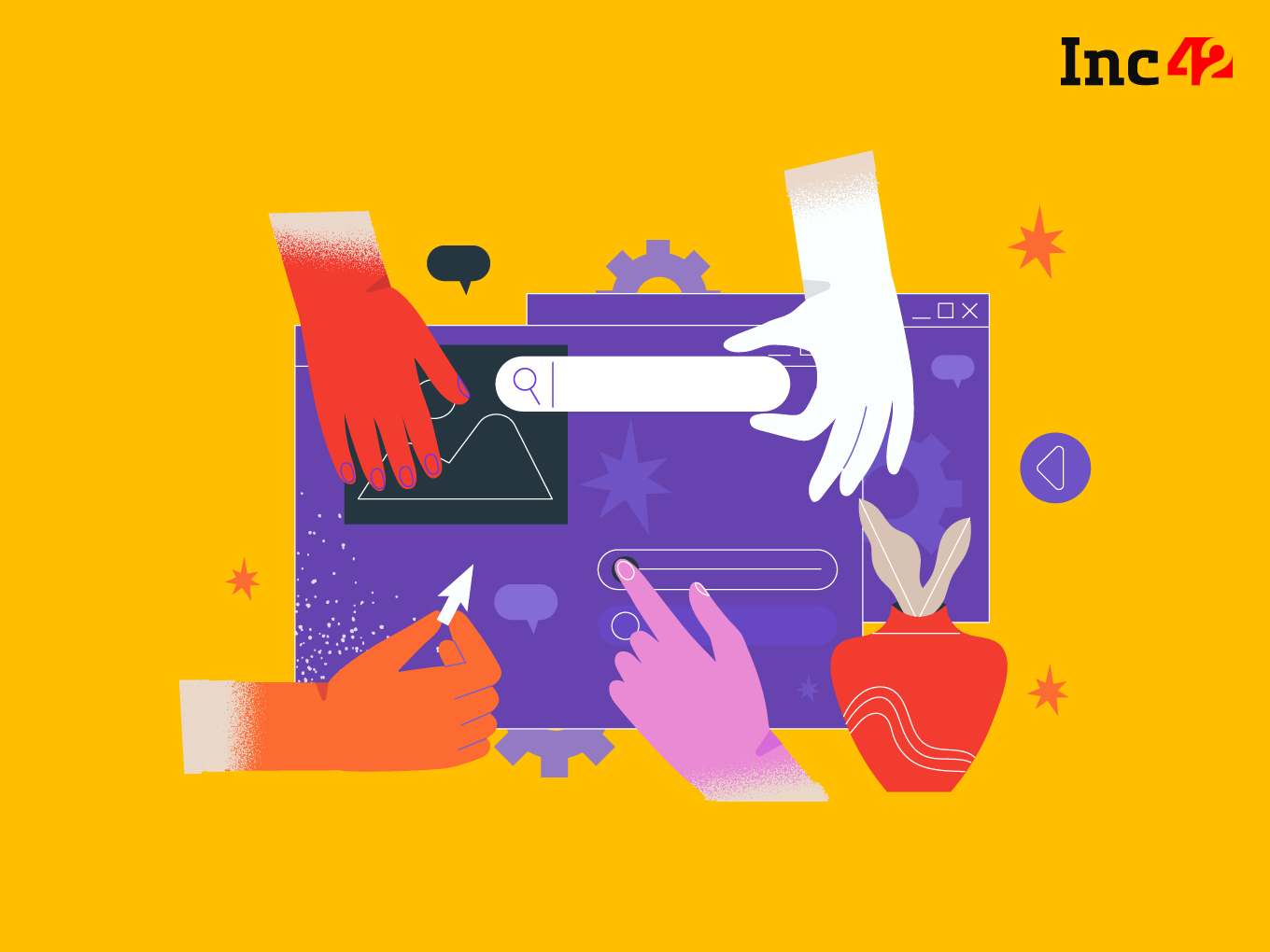Here’s Everything You Need To Know About A Prototype

What Is A Prototype?
Prototype is a preliminary, often incomplete, version of a product, system, or design. It’s created to visualise, test and refine ideas before the final product is developed. Prototypes can take various forms, from physical models to digital simulations, and are used to gather feedback, identify design flaws and validate concepts.
The primary purpose of creating a prototype is to test and refine ideas and concepts before investing significant resources in the development of the final product. It helps in assessing feasibility, usability, and functionality, reducing risks and ensuring that the end product meets user needs.
What Are The Advantages And Disadvantages Of Prototype?
Advantages:
- User Feedback: Prototypes allow early user involvement and feedback.
- Risk Reduction: Identifying and addressing issues early reduces the risk of costly errors in the final product.
- Visualisation: Prototypes help stakeholders visualise ideas and concepts.
- Iterative Development: They facilitate an iterative design process, improving the final product’s quality.
Disadvantages:
- Time and Resources: Creating prototypes can be time-consuming and resource-intensive.
- Misleading: A poorly designed prototype may mislead stakeholders or users.
- Limited Functionality: Prototypes may lack certain features or functionality present in the final product.
- Cost: Developing high-fidelity prototypes can be expensive.
Why Is It Important To Gather Feedback Through Prototype Testing Before Finalising A Product?
Gathering feedback through prototype testing is crucial because it allows early identification of issues and improvements. It helps ensure that the final product aligns with user expectations, minimises costly changes later in the development process, and leads to a more user-centric and successful product.
Assessing if the design effectively communicates the product’s purpose and functionality at first glance can be done by asking test users questions like:
- What do you think the product is for?
- What features or functions do you expect it to have based on its appearance?
- Do you find the design and layout intuitive in conveying the product’s purpose?
What Types Of User Feedback Are Most Valuable During Prototype Testing?
The most valuable user feedback during prototype testing includes usability issues, feature requests, and suggestions for improvement. This feedback should be prioritised based on factors like the frequency of mention, impact on user experience, and alignment with project goals.
What Are the Essential Questions for Effective Prototype Surveys?
Conducting product prototype surveys helps gather feedback from a larger audience efficiently. Specific questions might include:
- How easy was it to understand the prototype’s purpose and functionality?
- What features or improvements would you suggest for this prototype?
- Would you be interested in using this product once it’s developed?
How to Balance Prototype Confidentiality And Gather Useful Feedback From Stakeholders?
To strike a balance, limit the distribution of the prototype to trusted stakeholders or use non-disclosure agreements. Encourage feedback within a controlled environment and avoid sharing sensitive information that doesn’t impact the feedback process.
The post Here’s Everything You Need To Know About A Prototype appeared first on Inc42 Media.
No comments